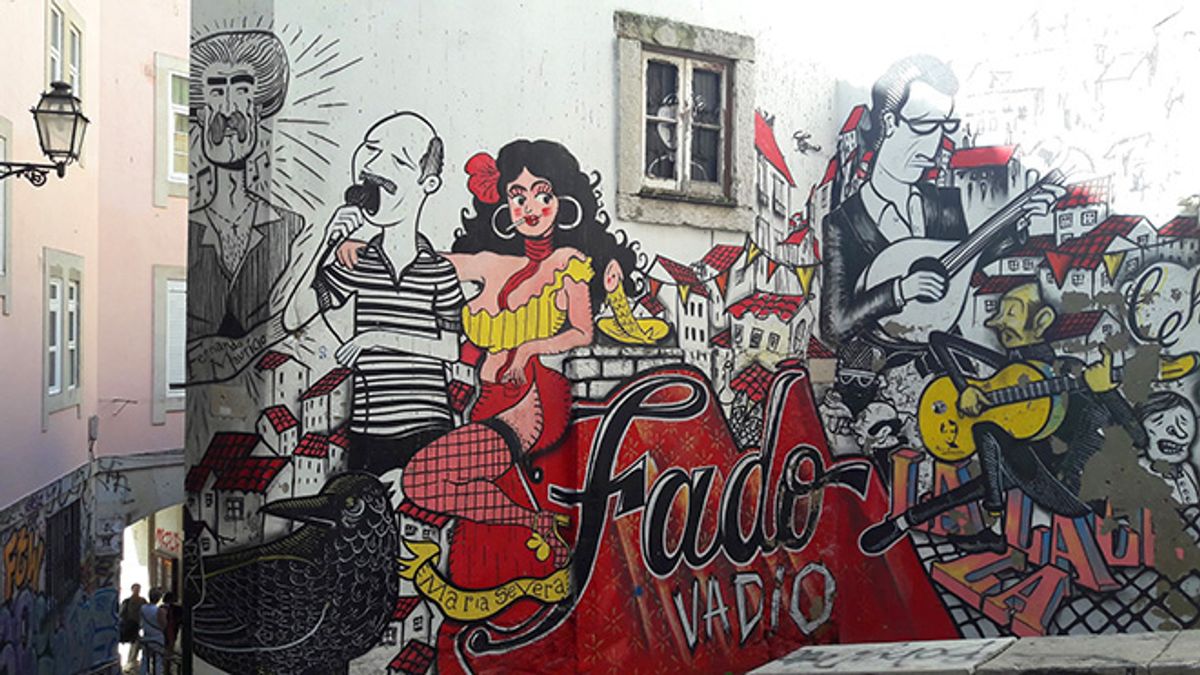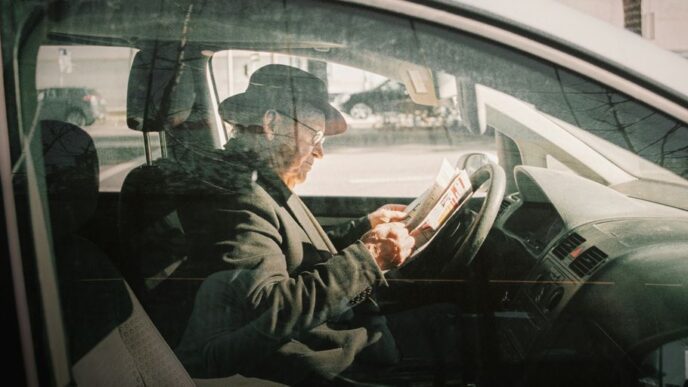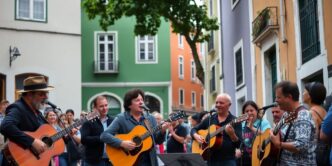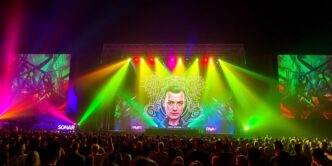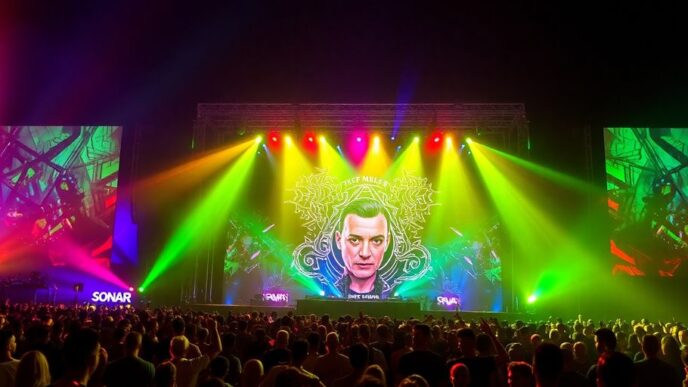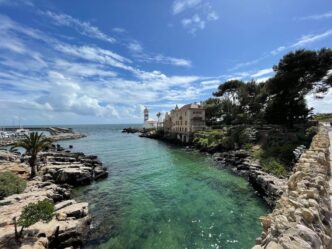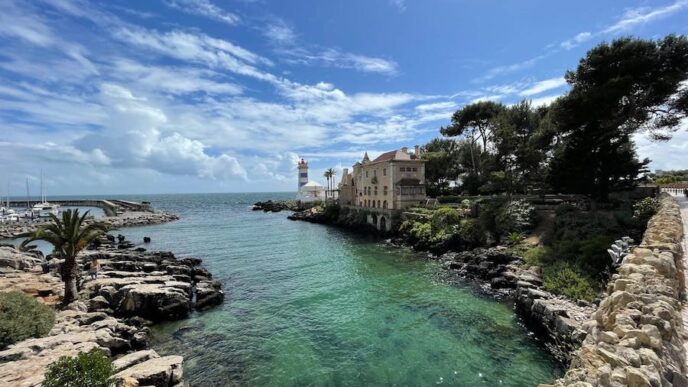The Historical Tapestry of Fado: Unraveling the Past

Origins and Evolution: The Birth of a National Sound
Fado’s essence is steeped in the heart of Lisbon, emerging in the 1820s. Its roots, however, are likely far deeper, woven into Portugal’s history. This genre, characterized by its mournful tunes and poetic lyrics, reflects the soul of a nation.
- Lisbon’s urban poor initially shaped Fado’s narrative.
- Taverns and street corners became stages for heartfelt performances.
- The genre evolved, absorbing cultural influences over time.
Fado’s narrative is a tapestry of emotion and history. It is a mirror to the Portuguese spirit, echoing tales of love, loss, and destiny. As it evolved, Fado became a national symbol, its melodies a language of the unspoken.
Fado’s journey from the alleys of Lisbon to the world stage is a testament to its enduring appeal.
Influences and Instruments: The Anatomy of Fado
Fado’s soul-stirring essence is deeply rooted in its unique blend of influences and the distinctive timbre of its instruments. The genre’s anatomy is a tapestry woven from diverse threads of cultural and musical heritage.
- Guitarra Portuguesa: The heart of Fado’s sound, this 12-string guitar is known for its pear-shaped body and ornate soundhole decorations.
- Viola de Fado: Accompanying the lead, this classical guitar underpins the melody with rhythm and harmony.
- Voice: The raw, emotive vocal performance is central, conveying the ‘saudade’ that defines the genre.
The interplay between voice and strings creates a poignant soundscape, where each note is laden with nostalgia and longing. This synergy is not just musical; it reflects the convergence of Portugal’s historical influences, from Moorish to African.
The instruments of Fado are more than tools of music; they are vessels of history, echoing the soul of Portugal through their strings.
Iconic Figures: The Pillars of Traditional Fado
The soul of Fado resonates through its iconic figures, artists who have become synonymous with the genre’s emotive power. These pillars of traditional Fado have laid the foundations for what has become a national treasure, their voices echoing through the annals of Portuguese culture.
- Amália Rodrigues, often hailed as the ‘Queen of Fado’, whose voice captured the essence of Portuguese melancholy.
- Carlos do Carmo, a Lisbon legend, brought a new sophistication to Fado with his unique style.
- Alfredo Marceneiro, known for his deep and resonant voice, epitomized the soul of Lisbon’s Fado.
- Maria Teresa de Noronha, who brought elegance and aristocracy to the Fado scene.
Each artist contributed a distinct hue to the Fado tapestry, their legacies enduring in the melodies that define Portugal’s musical identity. The reverence for these figures is palpable, as their artistry continues to inspire both audiences and contemporary musicians alike.
The Resonance of Fado Today: A Celebration of Contemporary Artists

Modern Maestros: The Vanguard of Fado Music
The contemporary Fado scene is a vibrant tapestry of talent, weaving tradition with modern sensibilities. At the forefront are artists who honor the genre’s rich heritage while infusing it with fresh perspectives.
- Ana Moura captivates with her soulful interpretations, bridging the old and the new.
- Mariza has become synonymous with contemporary Fado, her powerful voice echoing through international stages.
- Carminho brings a delicate yet profound depth to her performances, enchanting audiences worldwide.
These modern maestros are not just preserving Fado; they are redefining it. Their music resonates with a global audience, proving that the heart of Fado beats as strongly today as it ever has.
The essence of Fado lies not in its melancholy alone, but in its ability to evolve and touch souls across generations and borders.
As we celebrate these artists, we also recognize the new voices they inspire. The future of Fado is luminous, with each note promising continuity and innovation.
Global Echoes: Fado’s Influence on World Music
Fado’s soulful strains have transcended Portugal’s borders, weaving into the fabric of world music. Artists globally draw inspiration from its poignant melodies and rich emotional depth.
- Fado’s influence is evident in diverse genres, from Chinese folk to Irish fiddlers.
- Flamenco artists and jazz musicians have also echoed its haunting tones.
- Ethnomusicologists study Fado’s impact, recognizing its universal appeal.
The genre’s adaptability is its strength, allowing it to resonate with audiences far from its Lisbon origins. Fado’s narrative power speaks to the human experience, a language understood across cultures.
The global music scene, enriched by Fado’s melancholic beauty, reflects a tapestry of interconnected influences.
As Fado continues to inspire, it fosters a dialogue between traditions, nurturing innovation while honoring its roots.
The Future Soundscape: Innovation within Tradition
Fado’s future is being written in the streets and studios of Lisbon. At the heart of this evolution are spaces like the LX Factory and Graça neighborhood. Here, Fado’s soulful strains meet contemporary art, creating a fusion that’s both fresh and respectful of its roots.
- Lisbon’s LX Factory and Graça neighborhood showcase vibrant art scenes, blending Fado music, street art, and cultural diversity.
- New artists are experimenting with electronic beats, while still honoring the traditional melancholic melodies.
- Collaborations across genres and borders are crafting a new chapter for Fado, ensuring its relevance for future generations.
Innovation within Fado does not mean a departure from its essence. It’s an embrace of the new, while holding the past close. The result is a soundscape that’s as rich and complex as the history from which it springs.

